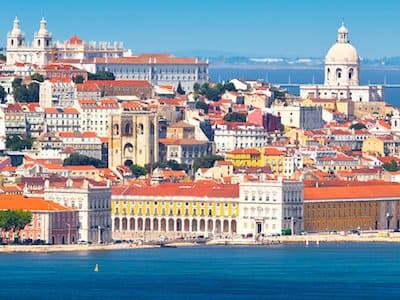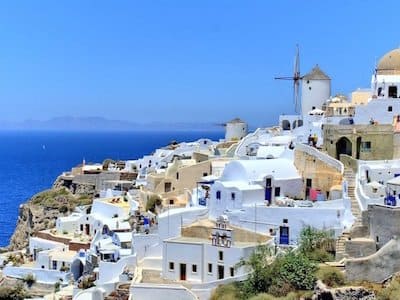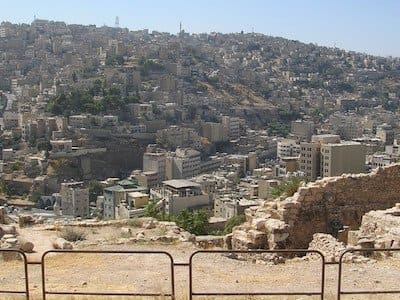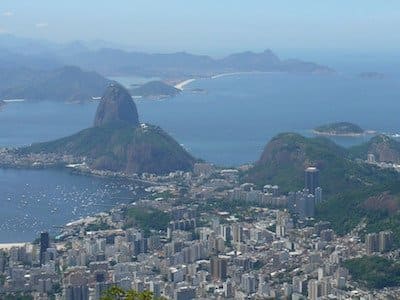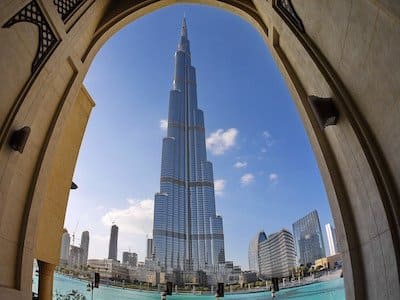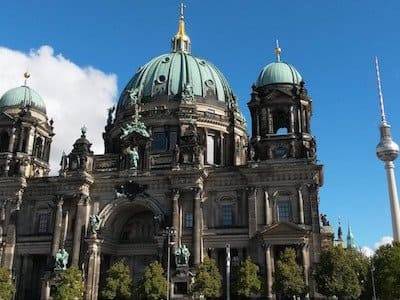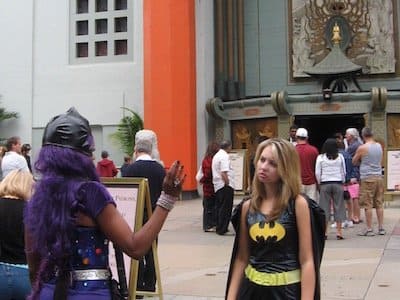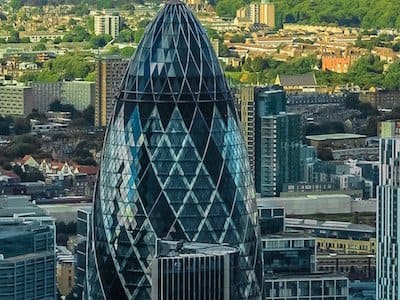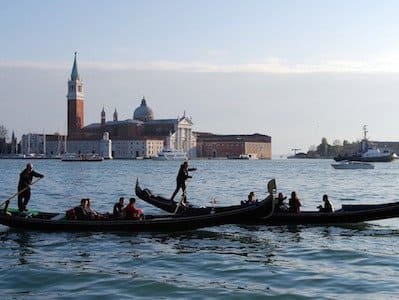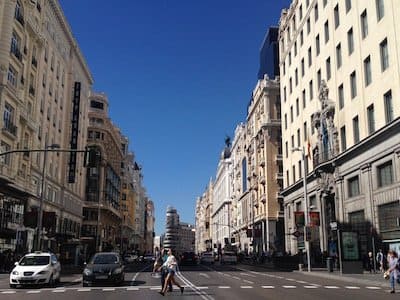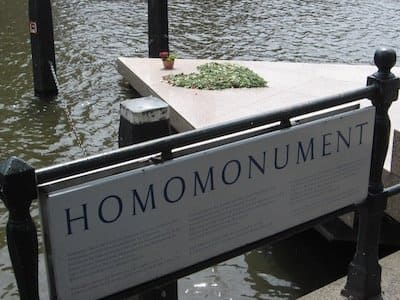- 1. Brasilia
- 2. Grachtengordel Canals, Amsterdam
- 3. Passeig de Gracia, Barcelona
- 4. Pombaline Lisbon
- 5. Ströget, Copenhagen
- 6. Warsaw's Old Town
- 7. The White City, Tel Aviv
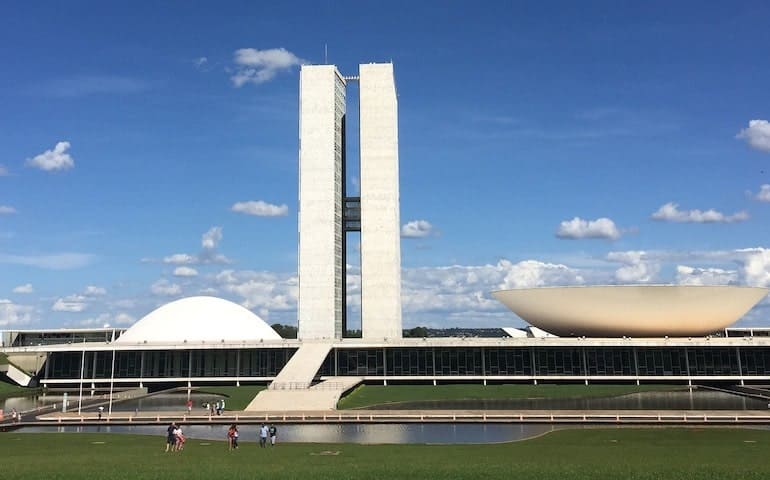
This is the only wonder on our list that is not a single construction or a collection of them in one neighborhood. This is an entire city, purposely built to serve as a country's capital, completely designed with innovative contemporary architecture. Oscar Niemeyer is the architect responsible for this monumentally modernist city, a place that with time came to show that concrete design could become popular. The Brazilian capital's buildings are pure sculptures, placed between broad roads and several parks and gardens. The idea was to make it a city that was easy to navigate, a bold metropolis that was simply seen as an administrative center at first, but that time has shown to be an increasingly attractive place to live and visit.
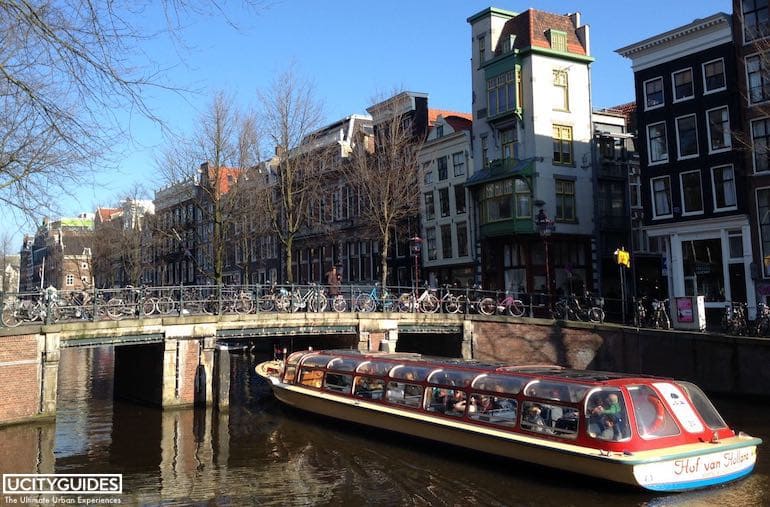
The four main half-circles of canals in central Amsterdam are the result of successful urban planning, dug in the 17th century to extend the boundaries of the city and accommodate a burgeoning population. One of those canals was created with the purpose of defense and water management, while the other three were mainly for residential development. This was a monumental task under strict regulations, particularly the size of the building plots around the canals, and the styles and colors for each residence. The result is an aesthetic uniformity that makes Amsterdam one of the most charming cities in the world, a place where no particular sight stands out, but with an overall atmosphere not found anywhere else.
See the Amsterdam City Guide
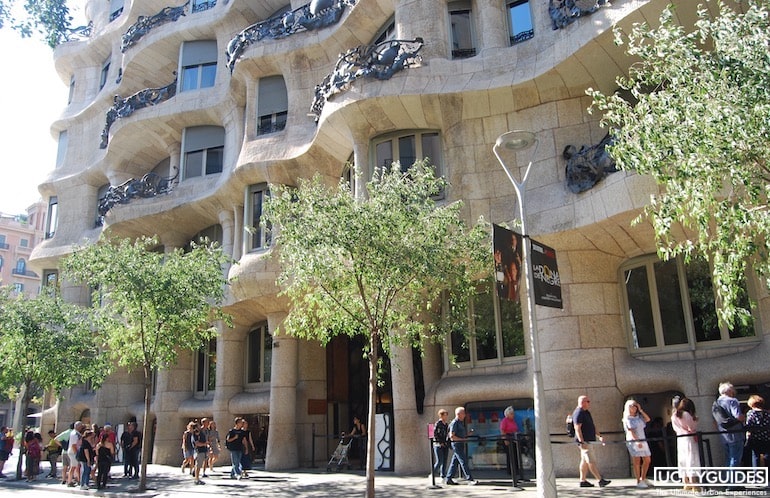
Passeig de Gracia is not only one of Barcelona's most important shopping boulevards, but also home to some of the most unconventional architecture in the world. Those outstanding constructions are not the usually grand religious temples or public buildings, but private residences known for their surreal façades. Two of the most famous are the work of Gaudi, whose highly individualistic designs are also seen elsewhere in the city (Park Guell and Sagrada Familia). In Passeig de Gracia he built Casa Batlló and Casa Milá, two remarkable constructions of irregular shapes and no straight lines, predecessors of modern biomorphic buildings such as New York's Guggenheim or the Disney Concert Hall in Los Angeles. Down the avenue are a number of other notable buildings, not created by Gaudi but by other great local architects such as Josep Puig i Cadafalch and his Casa Amatller and Casa Fuster, Lluís Doménech i Montaner's Casa Lleó Morera, and the famous street lights and ornate benches of Pere Falqués i Urpí. This concentration of spectacular designs arguably makes Passei de Gracia the world's most stunning street.
See the Barcelona City Guide
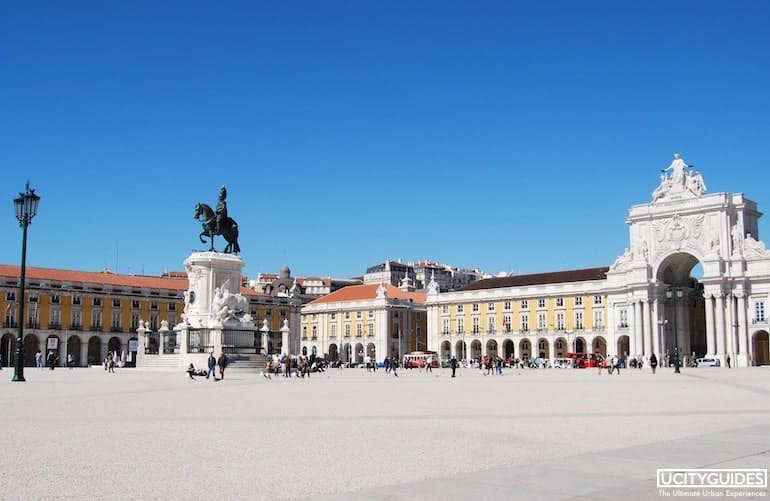
Before Haussmann's Paris there was Pombal's Lisbon. When one of the strongest earthquakes ever recorded destroyed the Portuguese capital in 1755, the prime minister, the Marquis of Pombal, had the city center rebuilt in a grid of broad streets lined with earthquake-resistant buildings. These structures used a symmetrical wood-lattice framework meant to distribute seismic force, and the style became known as Pombaline architecture. It was the world's first prefabricated and anti-seismic system for large-scale construction, and Europe's first great example of neoclassical design and urban planning, a district designed for commerce with streets named after the craftsmen and shopkeepers of the area. It was a strikingly modern plan that took several decades to complete, and already in the 19th century, the central square, Rossio, was finalized with a wave-patterned pavement made with cobblestones, a technique then used throughout Portugal and its colonies (famous examples are Rio de Janeiro's beachfront promenade and Macau's main squares).
See the Lisbon City Guide
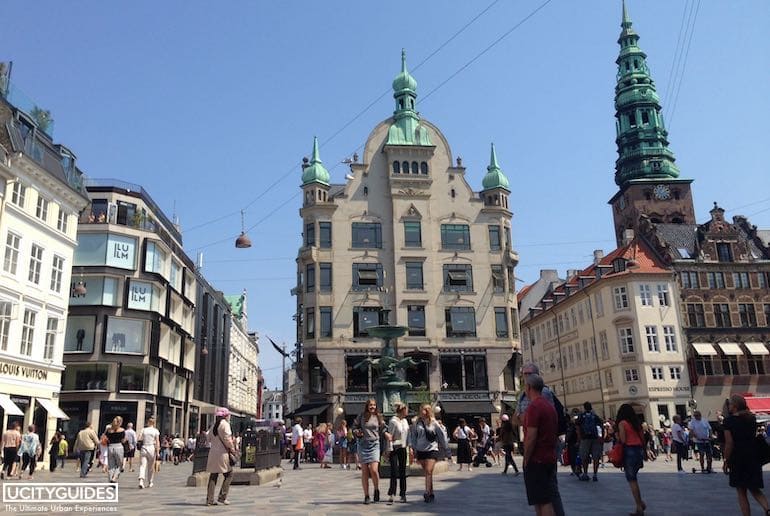
It's the longest pedestrian shopping area in Europe and arguably the world's most pleasant district for a stroll. It was created by urban planner and architect Jan Gehl, whose work focused on improving the quality of pedestrian urban life. Although the pedestrianization of central Copenhagen took place in the 1960s, it remains the perfect example of how a car-free city is a much more liveable city, and serves as a model for other pedestrian-only areas around the world.
See the Copenhagen City Guide

Warsaw saw war destroy 85% of its historic center, but not even a world war or the worst man-made disasters could prevent it from bringing it all back to life. Brick by brick (many of them the original pieces), every building was raised back up, and the meticulous five-year restoration plan is an outstanding example of restoring centuries of history, culture, and heritage. Decorative elements were redone using the rubble, and all designs were carefully remembered using artists' paintings and drawings of the past.
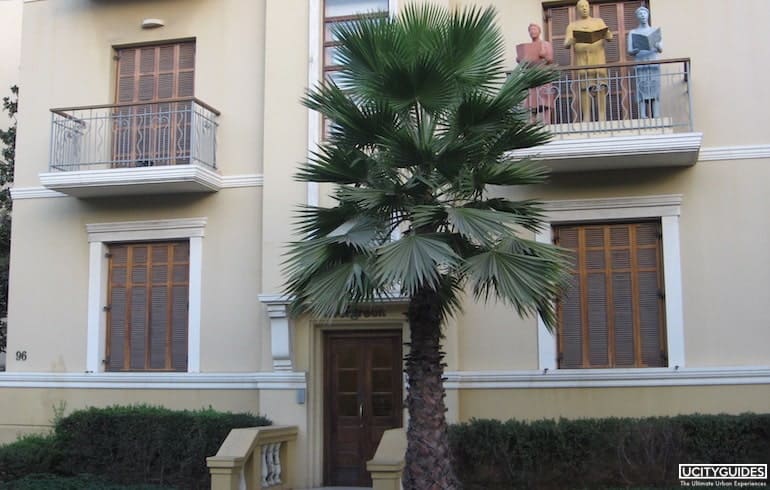
The White City district in Tel Aviv is home to the largest concentration of Bauhaus buildings in the world and is an outstanding example of 20th century town planning and architecture. This is a unique urban center unlike any other in the world, where planners carefully considered residential, environmental, commercial, and cultural needs to assure a high quality of life. Buildings had to be surrounded by gardens, there had to be a reasonable distance between the buildings, and the building area could be no more than a third of the plot area. A green boulevard runs through the residential neighborhood, and in the center of each block is a public building serving the residents. The result is a mosaic of modern architecture, white cubes surrounded by gardens creating an intimate urban center that has been declared a World Heritage Site by UNESCO.
See the Tel Aviv City Guide
Other Urban Wonders
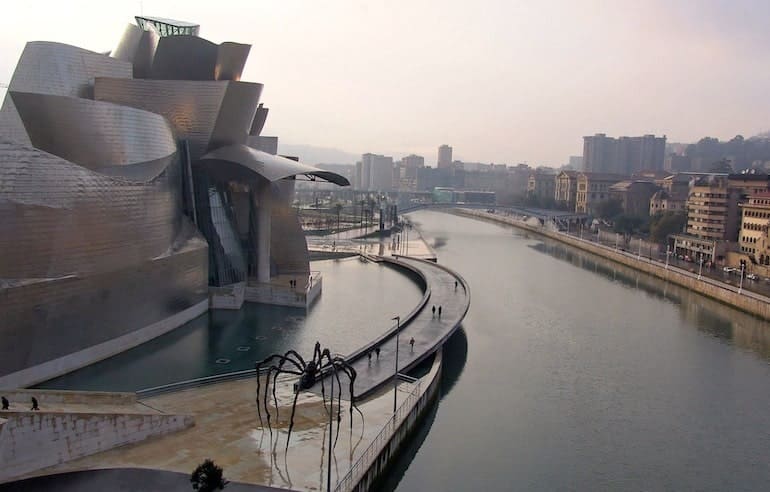
One single building has been able to influence or even alter the entire concept of modern architecture, giving it a central role and direct effect in urban renewal. The term "Bilbao Effect" is used to describe the rejuvenation of a city through the construction of a sensational building that attracts curious visitors. It refers to the Guggenheim Museum in the Spanish city of Bilbao, a building designed with sheets of titanium by architect Frank Gehry. It stands in the docklands of the Basque capital and has single-handedly put the city on the travel map. It has also had a lasting effect on the local economy, and served as a catalyst for a major city-wide clean-up and building boom. Visitors come mainly for the architecture and not so much for the exhibitions, a story many cities around the world are wishing to repeat.
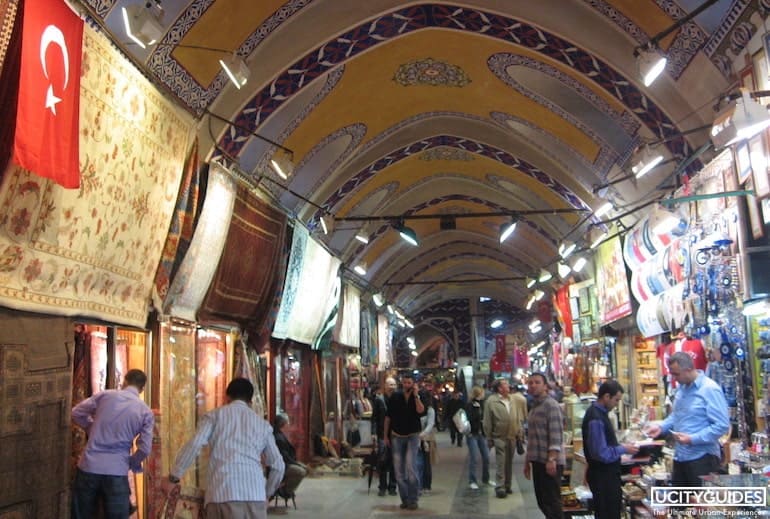
There are many great urban markets around the world (Cairo's Khan el-Khalili, Madrid's El Rastro, or London's Camden Market are only a few), but none of them beat the sights and smells of Istanbul's Grand Bazaar. It's one of the largest covered markets in the world, with thousands of shops on over 60 streets entered through several gates. The maze of streets and narrow passages is lined with stalls selling all kinds of products, from jewelry to leather to antiques, carpets, spices, and fruits. Despite Istanbul's rapid modernization (and Europeanization), the bazaar remains an integral and vital part of the city's culture and heritage, as well as one of the world's most enjoyable urban shopping experiences.
See the Istanbul City Guide
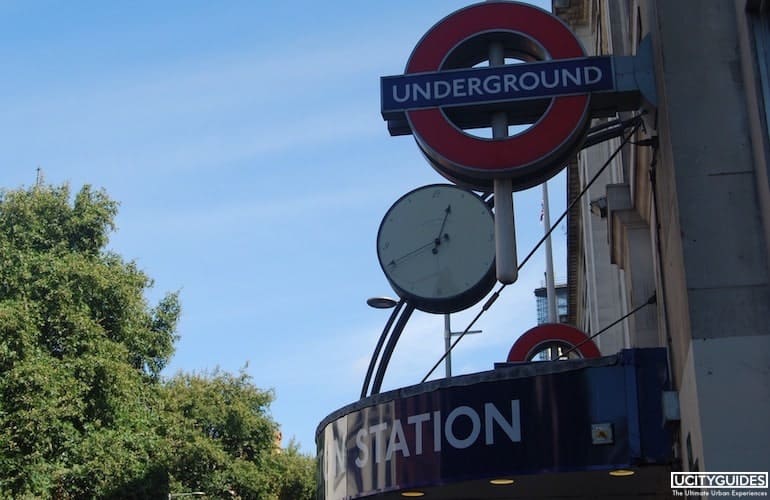
"The Tube" or "The Underground" is just one of the many cities in the city of London. London as we know it would not exist without the tube, and visitors can't leave the British capital without the "Mind the Gap" image out of his or her mind. This was the world's first underground railway system, with the first section opening in 1863. It was also the first to operate electric trains, and its map of color-coded lines and non-geographic layout is not only a design classic but also the model for other transport maps around the world.
See the London City Guide
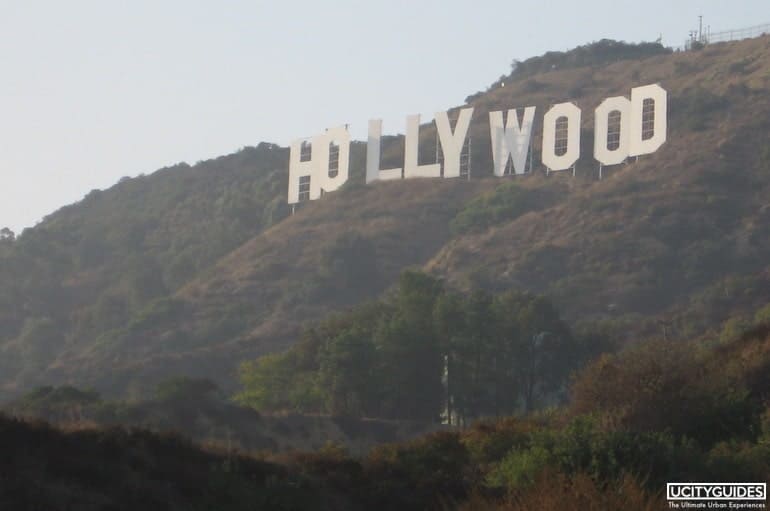
That an advertisement meant to be temporary came to be one of the world's best-known images is a wonder in itself. Then there's what it now symbolizes, the idea of the realization of dreams of wealth and fame associated not just with Los Angeles, but with any big metropolis to where a small-town boy or girl can move and make it big. Numerous towns around the world have mimicked it with their own signs, but the original standing on Hollywood Hills is now protected due to its historical and cultural importance.
See the Los Angeles City Guide
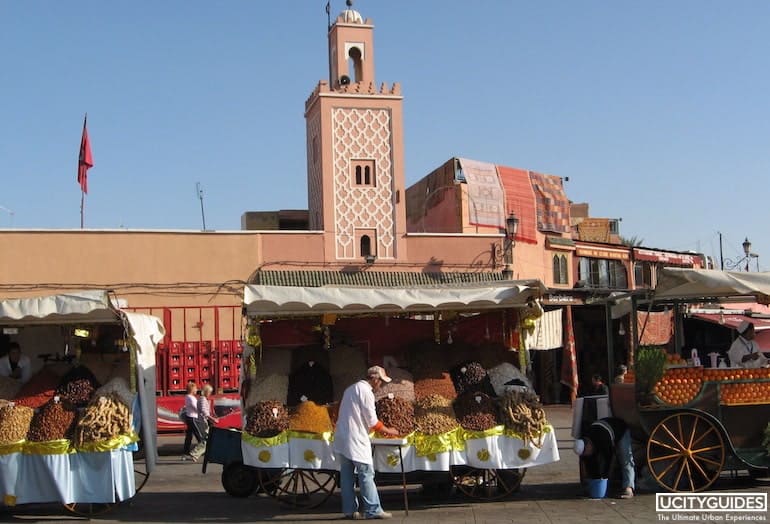
Snake charmers, soothsayers, story-tellers, magicians, musicians, merchants, and jugglers, all surrounded by curious spectators and the aroma of open-air food stalls -- these medieval storybook images combine to create one of the world's greatest spectacles that has survived modernization. No other urban space on earth is as lively or spectacular, a place that only when seen can it be believed.
See the Marrakech City Guide
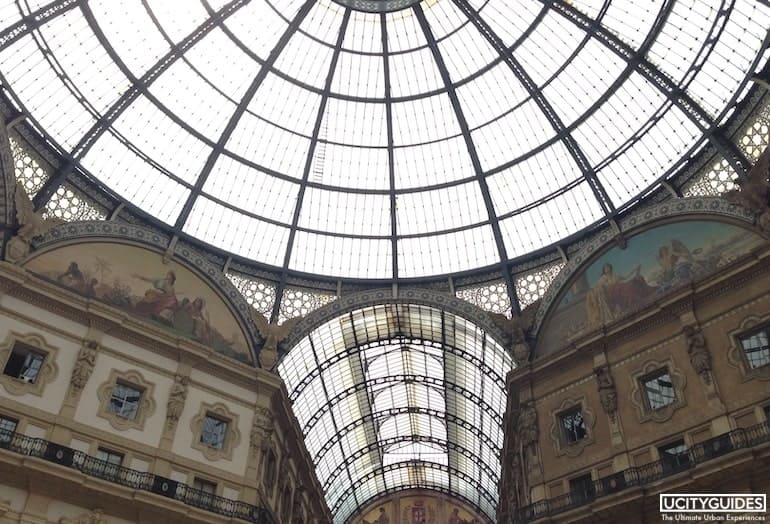
It may not be the world's first shopping arcade (London's Burlington Arcade has that title), but it sure is the most lavish and influential. This innovative construction used iron and glass to create a spectacular roof under which visitors could find all kinds of sophisticated shops. It was also meant to be a meeting place, and its popularity is what essentially inspired the modern-day shopping mall. Although it used conventional architecture in its walls and pilasters, the daring engineering of the roof was an example of what could be built in modern cities. With chic shops and hotels, it remains one of Milan's main attractions and one of Europe's most fashionable addresses.
See the Milan City Guide

The world's most famous urban park was created in the mid-19th century as an oasis where New Yorkers could escape the city's chaotic life and noise. It is not a natural park, but a landscaped area with natural-looking lakes and half a million planted trees and shrubs. They were placed in what was swampland and pig farms, and the tranquillity they bring to the city that never sleeps are reminders that even in the world's most exciting metropolis there is the need for a break to enjoy the fresh air that only nature can provide.
See the New York City Guide
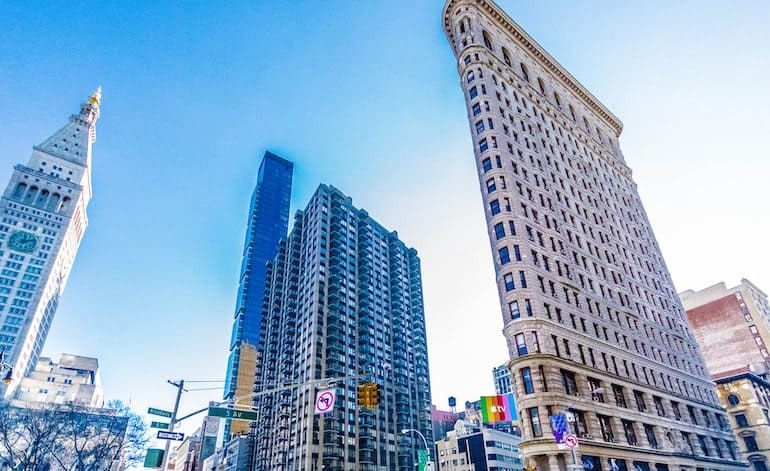
New York's first skyscraper was the wonder of its age. Although dwarfed today by its surrounding constructions, the Flatiron Building remains a striking landmark due to its unusual triangular shape. It was the world's tallest building for some time, symbolized New York's vitality, and served as the model for future skyscrapers (built with a steel frame and extensive elevators). This is the forerunner of the 20th-century skyscrapers, without which there would probably be no Empire State Building or Chrysler Building as we know them.
See the New York City Guide
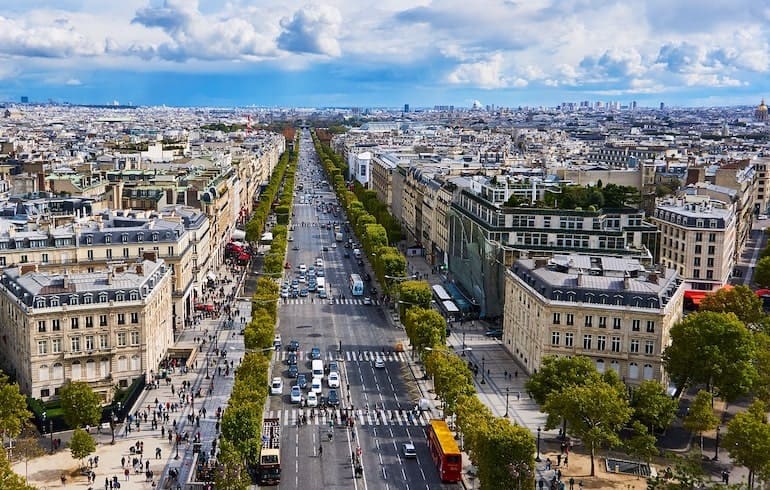
This famous Paris address is the avenue of all avenues, the original boulevard to see and be seen. It's one of the most prestigious and best-known avenues in the world, and every major city claims to have its own version. It connects two of the French capital's busiest squares, and is lined with graceful buildings, luxury specialty shops, and classy cafés. Those attractions and its wide sidewalks invite tourists and Parisians to stroll down its 2km (1.25 miles) length, a place so elegant that it's no wonder every single metropolis in the world has attempted to recreate it.
See the Paris City Guide

This is the most obvious selection on our list. Deemed pointless when it was built for the 1889 Expo, it was the most controversial construction the world had ever seen. It now stands as a triumphant example of the possibilities of engineering and large-scale architecture, and symbolizes not just the technological advances of the 19th century, but also the rise of the modern city. It was an "experiment" meant to demonstrate the technical capacity and flexibility of new construction materials, and went on to emphasize the forward-thinking spirit of not just Paris, but of all the world's great metropolises.
See the Paris City Guide
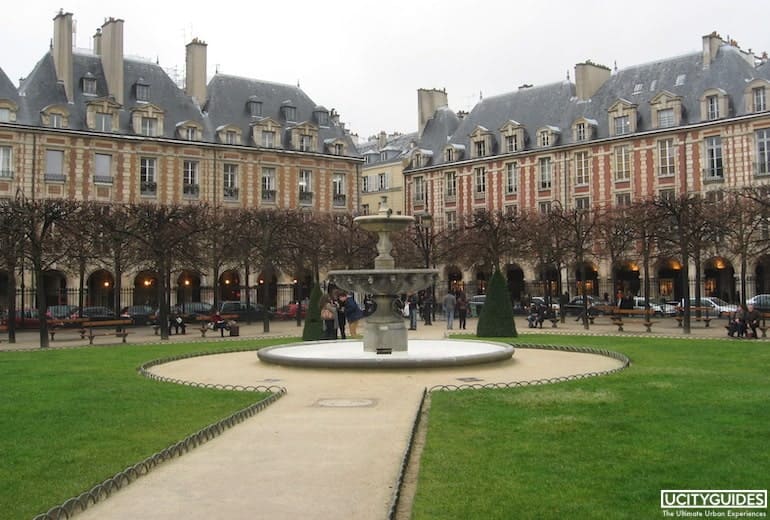
This square was revolutionary in urban design. It's Paris' oldest square and, as the first example of planned development in the city, it became the prototype of residential squares throughout Europe. Instead of palaces, these were houses forming an open residential space of perfect symmetry, where all façades had the same height and width, and the roofs had half the height of the façades. Today it's as impressive as ever, standing as the most beautifully-proportioned square in the world.
See the Paris City Guide
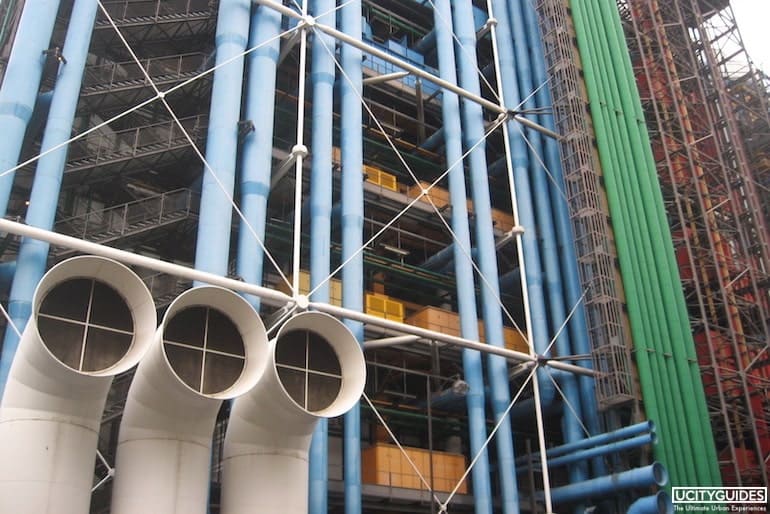
It's now over four decades old, but Paris' Pompidou Center remains one of the most radical and unusual constructions in the world. Its outlandish design sparked an architectural revolution, literally turning architecture and engineering inside-out. Escalators actually hang outside the building, as does much of the iron and steel usually covered by concrete walls. This design caught the attention of artists, engineers, and architects of the time, and has been echoed in other great modern buildings such as the Lloyd's of London. Its open spaces are places for cultural interchange and experimentation, filling them with the dynamism and constant activity necessary in any contemporary metropolis.
See the Paris City Guide
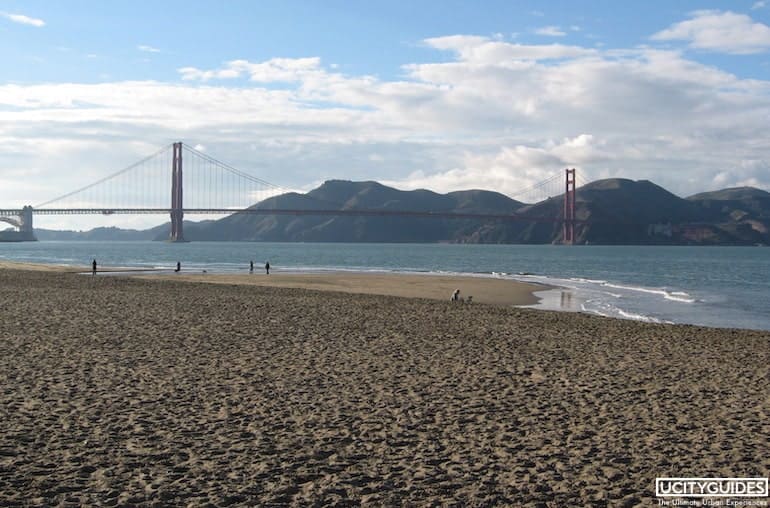
The Golden Gate Bridge pushed the engineering capabilities of its time, but what seemed like an impossible project was completed in just four years. It soon became one of the world's greatest architectural icons, and has greatly influenced bridge design. It was the longest suspension bridge in the world when it opened, but although others have surpassed it, its mythical construction will forever make it the bridge of all bridges and one of the most powerful urban structures ever built.
See the San Francisco City Guide
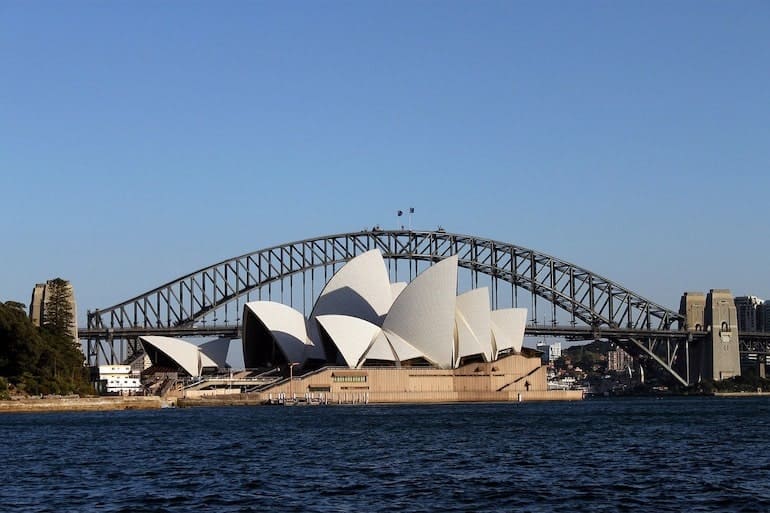
The sensational roofs of the Sydney Opera House have made the building one of the world's best known and most daring 20th-century masterpieces. It's a symbol of the renewal of contemporary architecture, with an entire generation of designers experimenting with different possibilities in reinforced concrete. It remains a source of inspiration today, and still is one of the most spectacular performing arts centers in the world.

